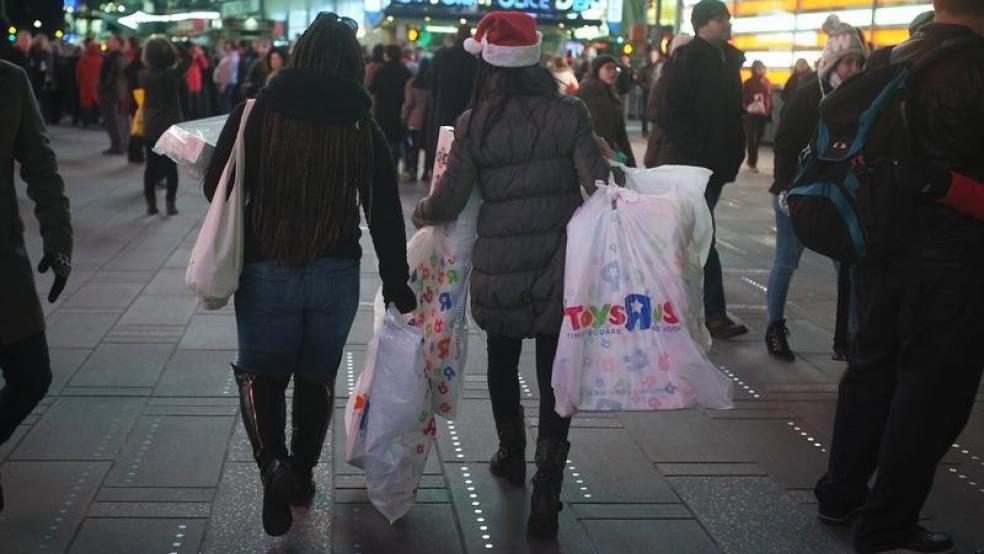WASHINGTON (Reuters) - U.S. retail sales barely rose in September as cheaper gasoline weighed on service station receipts, but gains in purchases of automobiles and other goods pointed to solid domestic demand that could shield the economy from slowing global growth.
Other data on Wednesday suggested disinflation was reemerging, with producer prices in September posting their biggest decline in eight months. The combination of soft retail sales and weak inflation cast more doubt on whether the Federal Reserve will raise interest rates this year."The softness of September's figures supports our view that the Fed probably isn't going to hike interest rates until early next year," said Paul Ashworth, chief U.S. economist at Capital Economics in Toronto. The Commerce Department said retail sales edged up 0.1 percent last month after being flat in August. Economists polled by Reuters had forecast retail sales rising 0.2 percent in September. Retail sales excluding automobiles, gasoline, building materials and food services slipped 0.1 percent after a downwardly revised 0.2 percent gain in August. These so-called core retail sales correspond most closely with the consumer spending component of gross domestic product. Core retail sales previously were reported to have advanced 0.4 percent in August. Economists had forecast core retail sales rising 0.3 percent last month.Discretionary spending, however, appears to be fairly healthy, with consumers spending more on hobbies, clothing and eating out.The mixed report pointed to underlying strength in domestic demand despite a weakening global economy and a slowdown in job growth over the past two months, which have diminished expectations of a U.S. rate hike this year.U.S. stock index futures pared gains after the data, while prices for U.S. government debt rose. The dollar declined against a basket of currencies. WEAK INFLATIONIn a separate report, the Labor Department said on Wednesday its producer price index fell 0.5 percent in September, the largest drop since January, after being unchanged in August. In the 12 months through September, the PPI fell 1.1 percent after declining 0.8 percent in August. It was the eighth straight 12-month decrease in the index.Most economists expect the Fed will raise its benchmark overnight interest rate in December, but financial markets are only pricing in an increase early next year.The weak inflation environment is one of the obstacles confronting policymakers who are contemplating raising rates for the first time in nearly a decade. The U.S. central bank has kept its short-term interest rate near zero since late 2008.Economic growth has softened in recent months, mainly because of weak exports, declining capital spending in the energy sector due to lower oil prices and a so-called inventory correction, which have hurt manufacturing activity.Receipts at service stations fell 3.2 percent in September, the largest drop since January, after declining 2.0 percent in August. Excluding gasoline, retail sales increased 0.4 percent last month.Sales at auto dealerships increased 1.7 percent after rising 0.4 percent in August. Clothing store sales were up 0.9 percent in September, while receipts at building materials and garden equipment stores were down 0.3 percent. Sales at furniture stores rose 0.6 percent. Receipts at sporting goods and hobby stores increased 0.9 percent and sales at restaurants and bars rose 0.7 percent. Sales at electronics and appliance stores slipped 0.2 percent. Sales at online stores fell 0.2 percent. (Reporting by Lucia Mutikani; Editing by Paul Simao)U.S. retail sales edge up; producer prices hint at disinflation

© Carlo Allegri / Reuters



